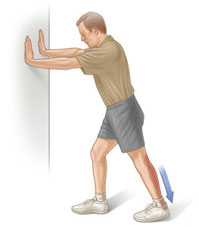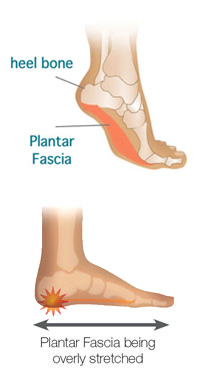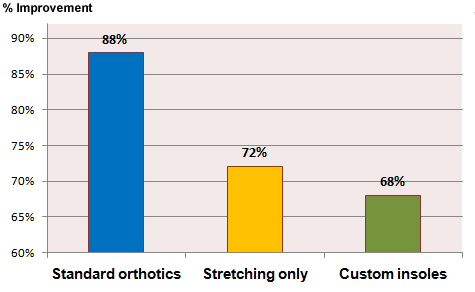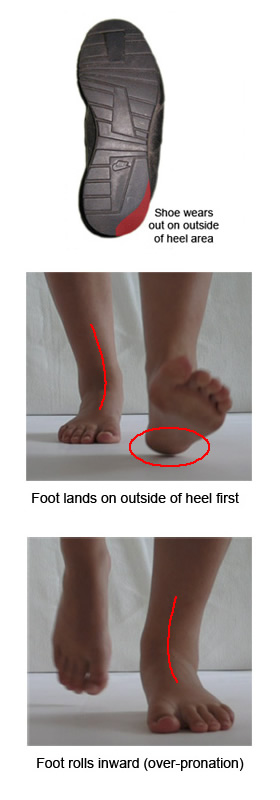The Main Reason Why Orthotics Are Needed
An estimated 60% to 70% of the population have a foot condition called over-pronation, a biomechanical inbalance that can cause painful foot ailments over the years. Certain people overpronate more than others, and different people need varying degrees of support. The fact that so many of us have flat feet is caused by the hard and flat surfaces that we usually walk on every day. In addition, body weight, weak ankles, and aging can be a factor. Hence, over-pronation is much more widespread in people in their 50’s and above, and also in people that may be over their ideal weight.
For a lot of patients, over-pronation doesn’t cause a real problem, specifically for younger people. Nonetheless, abnormal foot function caused by over-pronation will cause various problems including plantar fasciitis, heel pain, heel spurs, metatarsalgia – even knee pain and low back pain!
Orthotics help correct over-pronation and can assist in lessening or eradicating many common aches and pains caused by flat feet and other ailments of the foot. Orthotics are not expensive, especially the prefabricated one, which can cost as little as $30-40 a pair. Purchasing a pair of orthotic insoles can be a worthwhile investment in your health, because they can also prevent many future biomechanical ailments.
What Are Orthotics?
Orthotics are products that are inserted inside the shoes with the purpose of restoring our normal foot function. Many familiar ailments such as heel pain, knee pain and low back pain are triggered by flawed foot biomechanics. Biomechanics is the study of body movement, and analyzes the motion of our bodies while walking, running, and participating in sports. The most common form of harmful foot biomechanics is over-pronation. This is the dropping of the arches and rolling inwards of the feet and ankles. An estimated 70 percent of people deals with overpronation to different degrees. Orthotics improve overpronation and realign the foot and ankle bones to their proper position, reestablishing normal foot function. Simultaneously, this helps relieve issues not only in the feet, but also in other areas of your body, especially lower body parts such as the hips, lower back and the knees.
What is the Difference Between Orthotics and Regular Insoles?
There’s a big difference between average shoe insoles and arch support insoles. Standard shoe insoles are only designed to offer foot cushioning and shock absorption. They may feel comfortable at first, however they do not address any biomechanical issues, that is, they do not relieve overpronation. On the other hand, orthotic insoles are functional devices, designed to relieve and normalize our foot function. Some shoe insoles also include an arch support, but often the support is insufficient, especially if the shoe insoles are made of soft materials.
So how do orthotic insoles exactly work? To beging with, orthotic insoles do a lot more than giving support to the arches. Orthotics restore alignment of the feet and ankles and restore proper foot function. Additionally, orthotic insoles create a more stable spread of our body weight, keeping pressure off tender sites such as the ball of the feet, heels, corns and bunions, etc. They also supply a certain degree of shock absorption, but this not their key goal. The main goal of orthotic insoles is to correct foot function. In many cases, this will lessen pain in the feet and put a stop to future problems and damage.



 100% Secure
100% Secure




